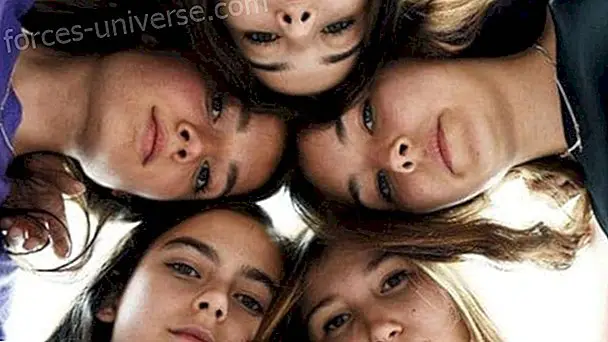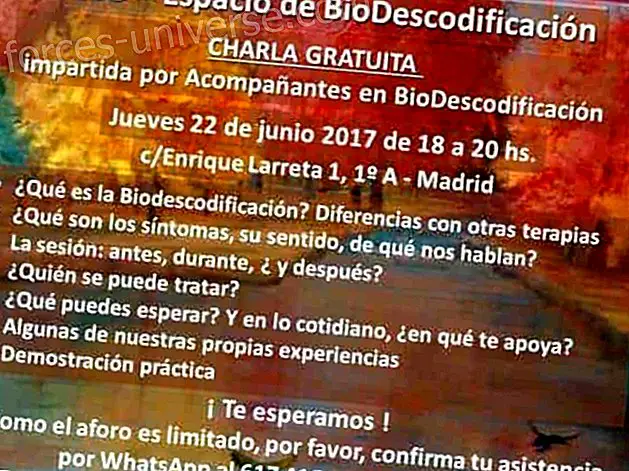 Recently, Emane and Pedagoogia 3000 has published its blue declaration, where boys and girls today and tomorrow request a change in education, an education that allows them to connect with their Being and be heard; an education that, among other aspects, is useful, fun, allows them to express themselves, discover and learn for themselves. To achieve the proposed objectives, holistic education proposes the incorporation of new learning through diverse means as well as the development of multiple intelligences and the different areas of the person from a multidisciplinary approach. Its methodology consists in facilitating the appropriate means, environment and activities that facilitate the expression of the innate talents of the person. It also defends a systemic approach, where the individual who learns, the school, the family and society collaborate as a living and co-responsible organism in the development of all its members.
Recently, Emane and Pedagoogia 3000 has published its blue declaration, where boys and girls today and tomorrow request a change in education, an education that allows them to connect with their Being and be heard; an education that, among other aspects, is useful, fun, allows them to express themselves, discover and learn for themselves. To achieve the proposed objectives, holistic education proposes the incorporation of new learning through diverse means as well as the development of multiple intelligences and the different areas of the person from a multidisciplinary approach. Its methodology consists in facilitating the appropriate means, environment and activities that facilitate the expression of the innate talents of the person. It also defends a systemic approach, where the individual who learns, the school, the family and society collaborate as a living and co-responsible organism in the development of all its members.
From my point of view, this is the only perspective that can be adapted to the educational needs of the new generations, who have in their hands the responsibility of a human, ecological and social change. While the institutional bureaucracy allows a slow advance of formal education towards a more holistic model, we can offer our children and young people other development spaces from the non-formal environment: extracurricular workshops, urban camps, parenting groups, toy libraries ...
To start the change from here, there are certain aspects that we must take into account:
1. Learning experiences must be fun. Learning will occur spontaneously whenever the activity manages to awaken the motivation and the need to explore the learner, without losing as a reference the learning objectives. Our proposal is to merge game and learning. The goal of the game is to learn, and learning is achieved through the game.
2. Can you really memorize just by playing? To generate confidence in the effectiveness of holistic education, a process of adaptation from the traditional educational methodology is necessary. Although we have said that the activities should be fun, it is true that the kids are accustomed to learning in very structured environments: sitting in chairs and desks, copying and memorizing concepts, filling out cards, or using a workbook that lets them know by what topic they go to, and the traditional way of assessing learning is through exams. Holistic education consists of incorporating art, music, debate, games…. What we propose in this transition period is to maintain a balance between one model and another. If the kids only see play, it may happen that they don't put their mindfulness in learning. If they only see learning, and since they relate to learning with school, and school is boring, they will not be motivated. We propose to divide the activity into three parts, a first one that incorporates the learning in a traditional way (reading a text, viewing a pedagogical content, ...) a second one that includes a debate on the contents and a third one that will consist of a game to reinforce and experience the contents.
3. Groups by age or mixed? Each modality has its benefits and disadvantages. The mixed groups allow the elders to teach the little ones, and in this way the elders acquire responsibility and the little ones learn in an equal way (pedagogical model of proven effectiveness). The age groups allow to design activities that are more homogeneous and adapted to the interests of each stage.
4. Holistic education also takes care of biorhythms and health. To achieve maximum performance and well-being, learning activities should ensure adequate food and sufficient time for recreation and rest in the open air. It is not that there are now more hyperactive children, it is that they desperately ask to be able to release the energy that, like children they are, runs through their bodies. The contribution of slow-burning carbohydrates avoids sugar spikes and over excitement and vitamins and minerals favor concentration. On the other hand, and since it is impossible, even for adults, to maintain attention, concentration and motivation in a task for more than an hour, the healthiest thing is to allow ten or fifteen minutes of recreation, outside the classroom, and if possible outdoors, every hour. This allows, in addition, to oxygenate and ventilate the classroom regularly.
5. Incorporate stimulation activities of both cerebral hemispheres (cerebral gymnastics). The right hemisphere of the brain governs the functions that have to do with intuition, creativity and fantasy, while the left one is related to logical and analytical reasoning. Exercises that involve the movement of both parts of the body (for example, walking) allow learning to be incorporated from the two hemispheres, favoring concentration and allowing moments of “spontaneous knowledge” or insights to emerge - it is said that a walk can lead to solve a problem more effectively than a lot of mathematical operations. Yoga and meditation, when incorporated as classroom activities, have the same effect.
6. Creating an educator-learner bond allows you to know your needs, interests and characteristics. This requires working in small groups, spending enough time with the same group, and paying attention to each of its members. The educator must look into the soul of the apprentice, listen to him and adapt to his rhythms, and not vice versa.
7. The learning experience must be freely chosen by the learner. As much as we insist that the kids learn something that we consider is good for them, or the way we think is the best, it is they who must decide. It is useless, and counterproductive, to associate punishment or reward with any educational experience. The learning itself and the enjoyment of doing so should be the only stimulant.
8. Education cannot be considered as a business in the first place. Although it is okay to look for the good of the business we have in hand if we are educators, our interests should always be directed to provide the most appropriate means for our clients (children, not parents) to develop in the best possible way.
9. The learning environment will be relaxing but stimulating. Colorful, bright and spacious classrooms, if possible in a natural environment; Multipurpose spaces that allow children to be grouped in different ways, or sit or lie on the floor. Decor with murals that show the creations of children.
10. The emotional health of parents and teachers should be a priority. The attitude and modeling of adults will be the most valuable sources of learning. The children of the third millennium will listen to us if we are coherent, they will trust us if we are sincere, honest and respectful, if we are patient and caring. That is why our emotional balance is so important and we must work to maintain it.
If you are an educator, if you work with children and adolescents in any field, I encourage you to take these aspects into account. That summer camps or extracurricular classes are not just for fun, learning a language or playing an instrument, but that it is a fun with awareness that fosters creativity and cultivates values. That allows each one to discover their talents. That we foster human contact between teachers, apprentices and their families. That we defend the respectful upbringing of children and adolescents among all, as a true learning community. Let us dedicate to children and adolescents the space and time they need as individuals and stop seeing the forest to see the tree.
Source: https://paulaferrergonzalez.wordpress.com






